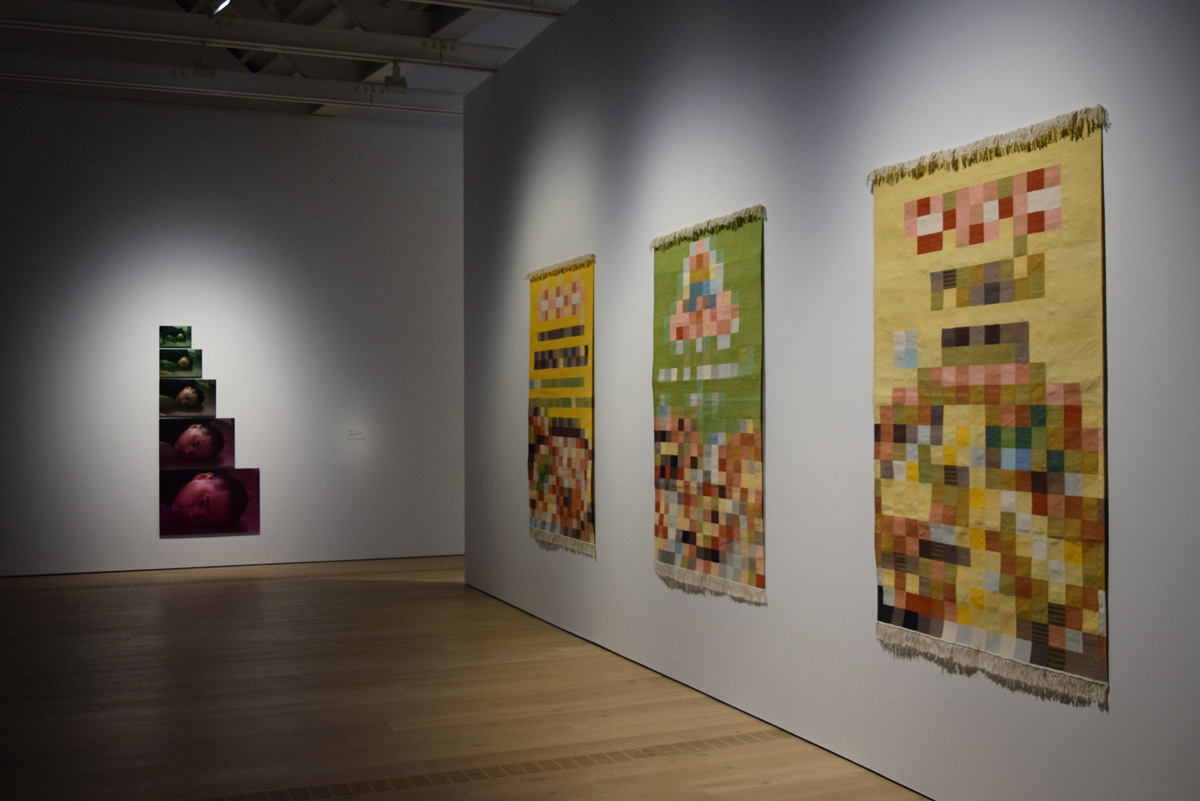The 2023 Philip B. Lind Emerging Artist Prize exhibited work from artists working with film, photography, or video, according the prize exhibition’s host, the Polygon Gallery. Artists were nominated by staff and faculty at British Columbia arts institutions and post-secondary programs. As the exhibition engaged with emerging lens-based artists, it was fitting that the exhibition demonstrated how BC artists are finding their place in modern culture and art. The exhibition was open from December 15th to January 29th.
On entering the exhibition space, visitors were immediately greeted by Wei Chen’s Listening to the Floor, 2021, which depicted a man pressing his ear to the floor in a column of the same image that increased in size, the man filling more of the frame as the images grew and became closer to the ground. Inspired by the experience of the Covid-19 lockdown, the image not only reflected common feelings about a shared experience, but also echoed the style of internet memes with the subject’s facial expression and the unsettling, unnatural green and red hues, bringing a widely relatable and humorous element to the work. The balance combined aspects of both popular culture and a modern art gallery.
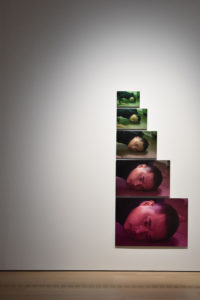
Katayoon Yousefbigloo’s mixed media installation How to Lift a Curse (Amazing Transformation Video!) 2022 also echoes the style of internet culture. The work’s focal point was a film of a blue figure spray-painting a car hood blue with the space underneath replacing the colour. The process was then reversed without the added image. Though intended to reflect the style of YouTube, the similarities were limited to the video’s quick pace and brief text saying “subscribe.” Yet in the context of the installation’s other elements — including a car mat covered in round letter beads, a colourful series of low resolution images of the car mat, and a shorter video adorned with a lighter on chain of more round letter beads — the work as a whole suggested an attempt to make sense of ‘the spiritual’ as it fits with our current digital and aesthetic norms.
The photographic series Grow Up, 2021 by Jake Kimble also reflected attempts to reconcile one’s self with modern society. The images mostly featured human figures overlaid with bubble-lettered text expressing short messages which may be interpreted as relating to the subject. Some messages were positive, such as the 2010s social media appropriate “you get all the happiness you deserve” and “I am,” while others reflected personal struggles or existence on the weaker side of power imbalances, including don’t spill your guts / I just washed the floor” and “I just want to be as strong as the thread Im hanging on by.” Kimble intended the work to focus on reflection and his own perspective, but the result is that viewers were able to engage with the work by relating its pointed statements and emotional imagery, finding connection to their own struggles in their lives and communities. When viewing the work, I felt nudged by my inner conflicts — of choosing priorities in life, of managing expectations, and maintaining my agency. The use of playful fonts supported these works in engaging with modern culture, while also acknowledging the dissonance we feel between it and ourselves.
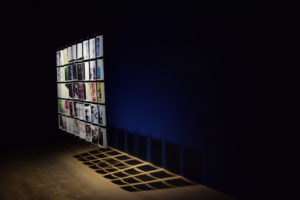 Another common approach to engaging with the idea of place in the exhibition was how the artists engaged directly with culture. Aaron Leon’s Reciprocity Values, engaged with Secwepemc language and culture, highlighting the glottal stop in the Secwepemc language through the words of his grandmother and chromatic video of landscapes. In the film mukti maal kanik laal heera man ranjan kee maaiaa, 2021 by Simranpreet Anand, mass-produced fabrics were laid out and folded by two pairs of hands, and Wei Chen’s Hide and Seek series, 2022 depicted a man hiding in gardens as representation of Asian communities hiding during the Covid-19 pandemic. All these works took an unusual approach to representing issues in their community through demonstrating ideas that unfamiliar audiences may recognize as lighthearted and playful. On one of my visits, Anand’s work entranced two small children with its bright colours and shimmery details in the fabrics. Chen’s work could be a fun game for the viewer unaware of its connection to violence toward Asian communities. The lightheartedness of the works may have drawn viewers in, though whether the deeper messages come across to a general audience isn’t clear.
Another common approach to engaging with the idea of place in the exhibition was how the artists engaged directly with culture. Aaron Leon’s Reciprocity Values, engaged with Secwepemc language and culture, highlighting the glottal stop in the Secwepemc language through the words of his grandmother and chromatic video of landscapes. In the film mukti maal kanik laal heera man ranjan kee maaiaa, 2021 by Simranpreet Anand, mass-produced fabrics were laid out and folded by two pairs of hands, and Wei Chen’s Hide and Seek series, 2022 depicted a man hiding in gardens as representation of Asian communities hiding during the Covid-19 pandemic. All these works took an unusual approach to representing issues in their community through demonstrating ideas that unfamiliar audiences may recognize as lighthearted and playful. On one of my visits, Anand’s work entranced two small children with its bright colours and shimmery details in the fabrics. Chen’s work could be a fun game for the viewer unaware of its connection to violence toward Asian communities. The lightheartedness of the works may have drawn viewers in, though whether the deeper messages come across to a general audience isn’t clear.
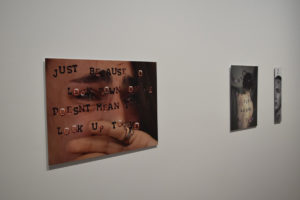
Much of the exhibition used digital forms of film and photography, yet one notable exception that still engaged with place in our modern world is Sidney Gordon’s Iona Beach Rubbings series, 2022, a set of five gelatin silver prints made with sand, sunlight, and ocean water. The works were mostly a soft, earthy brown, with abstract variations that appear unplanned. Each piece was installed with rusty nails, fitting for works so natural that they are not even installed perfectly flat. Although the works may not have been the most visually attractive, they expressed a deep, understanding connection to their place and impart a message about nature. In context of the brighter, more digital pieces of the rest of the exhibition this series served as a reminder that place can be as simple as a physical location.
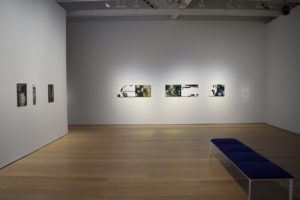
While each artist and each work approached the subject in their own way, the exhibition as a whole spoke to the search for one’s place, both in art and the broader world. The show also managed to demonstrate a clear view of the nature of current lens-based art. In my experience, it forced me to look at where I want to find my place in my life with works trying to sort out not only physical but social and emotional senses of place. I found myself reflecting on my roles as a student, a friend, and a member of the various communities I am a part of and the decisions on what aspects I prioritize. As much as the works forced me to confront where I fit in my community and city, the exhibition was most educational in its demonstration of the new places photography and film as mediums are finding for the present and near future.


